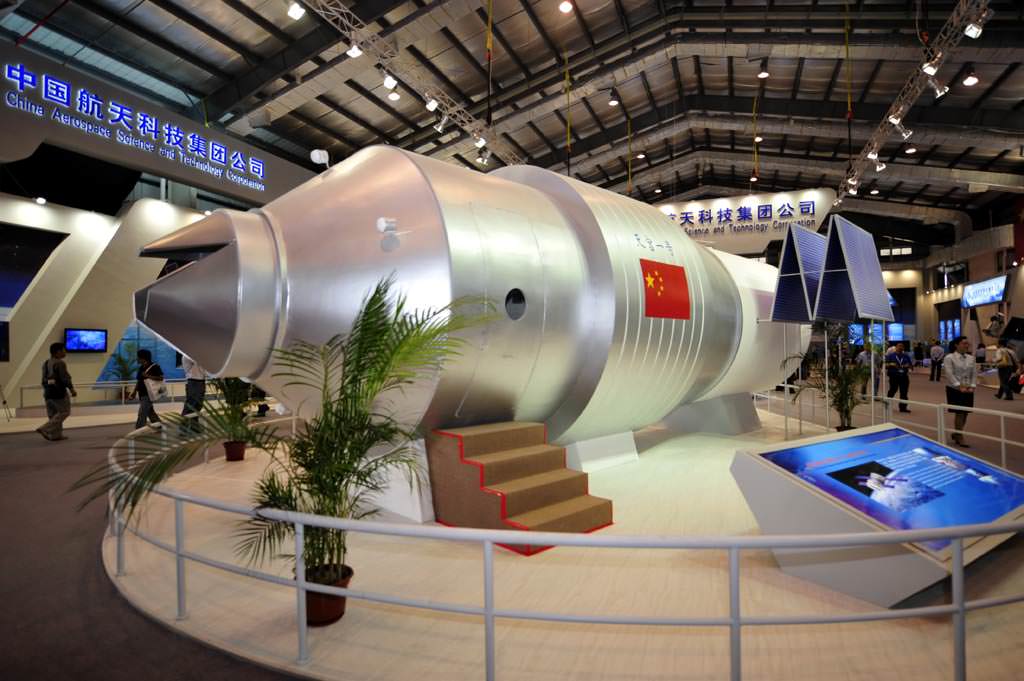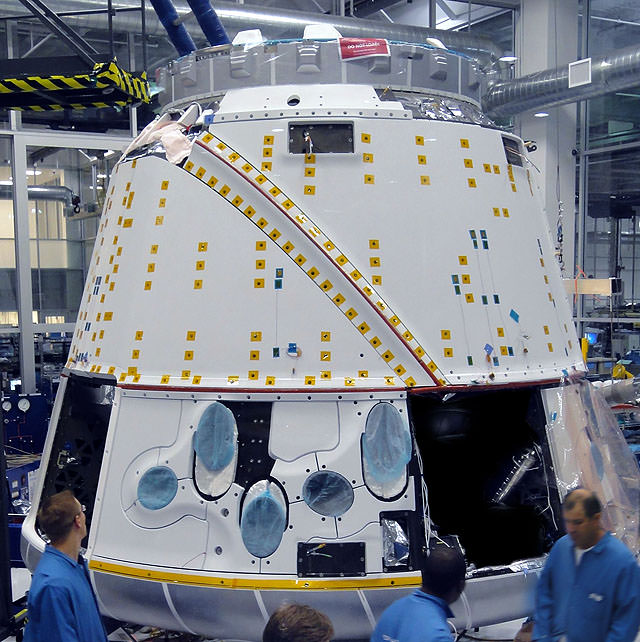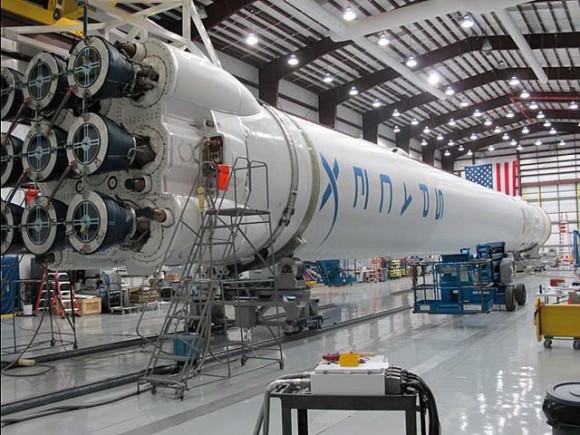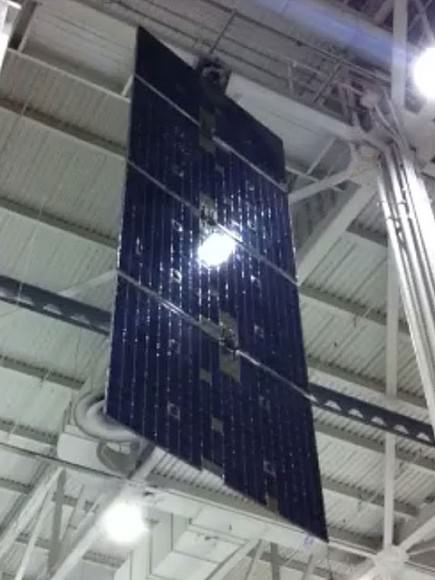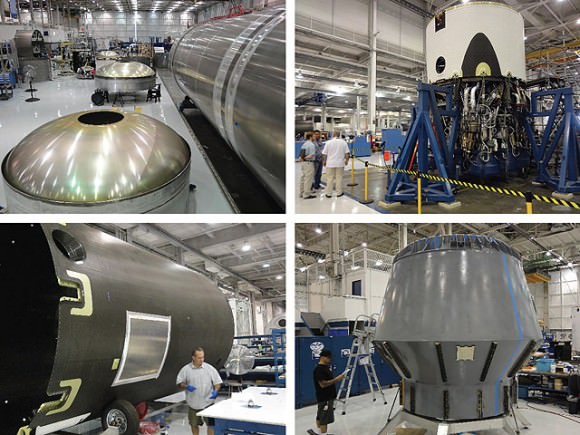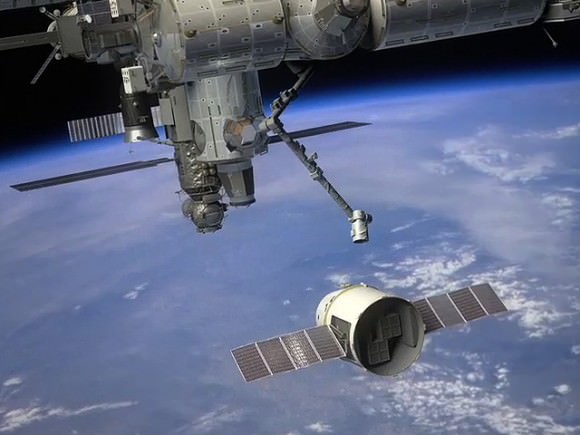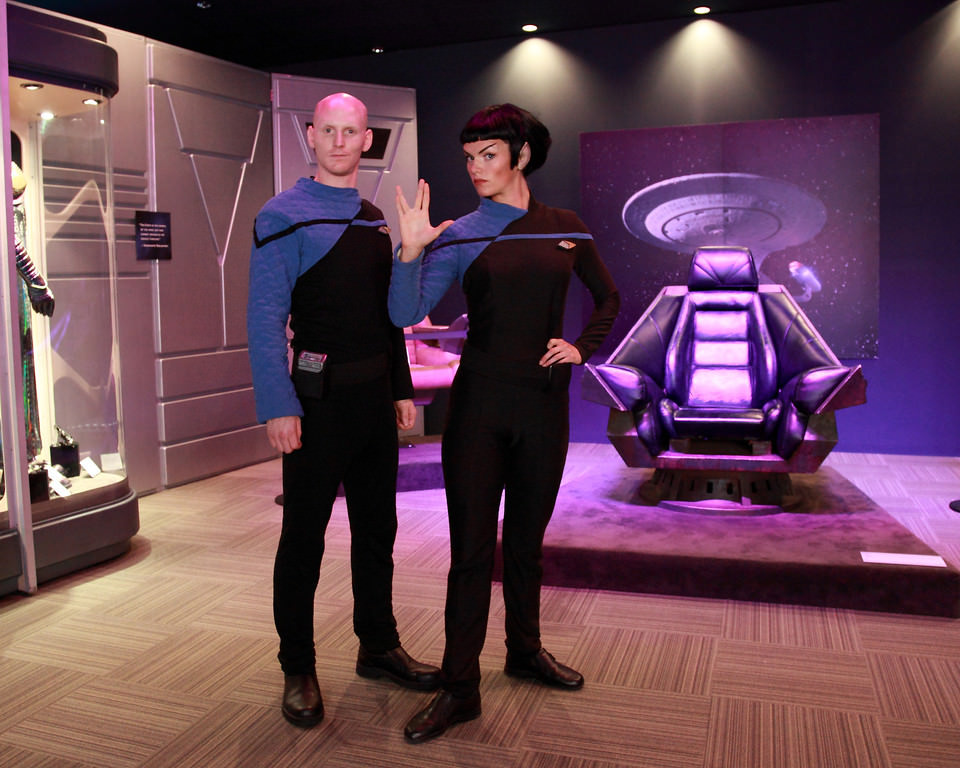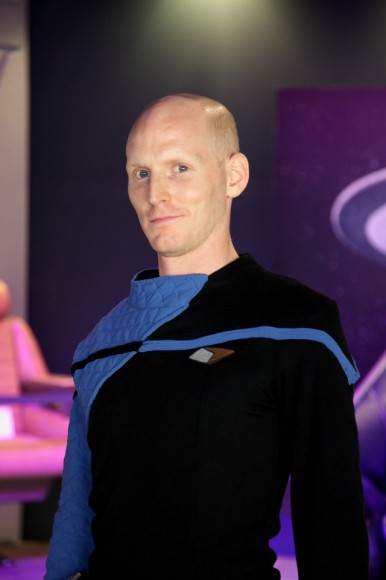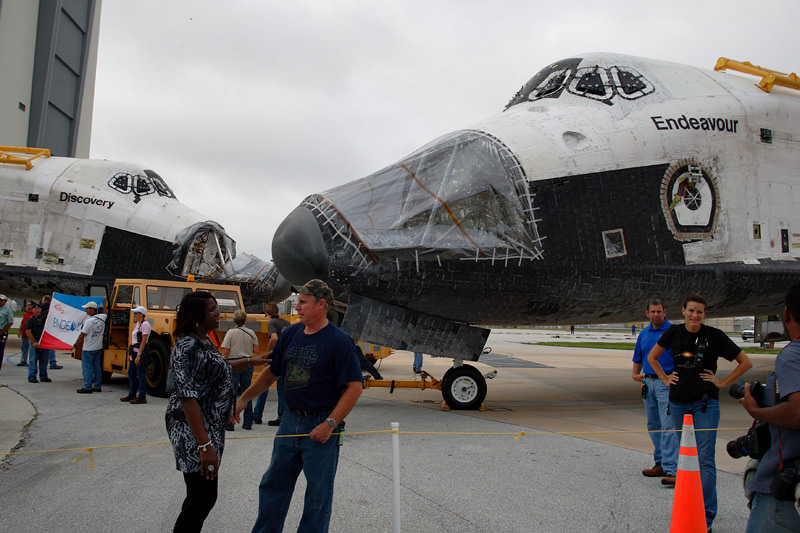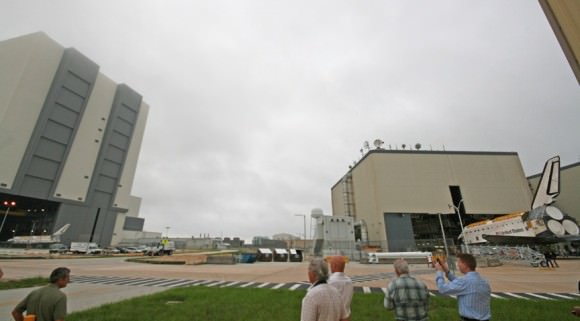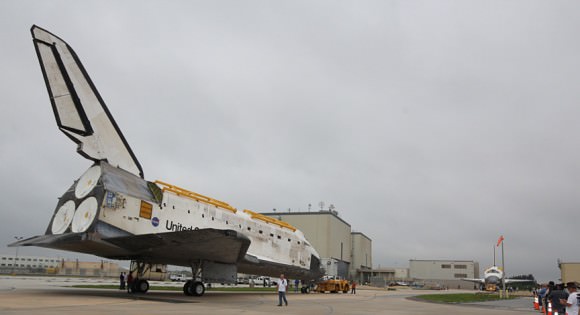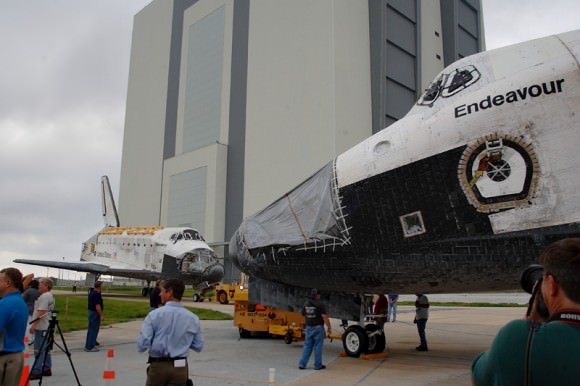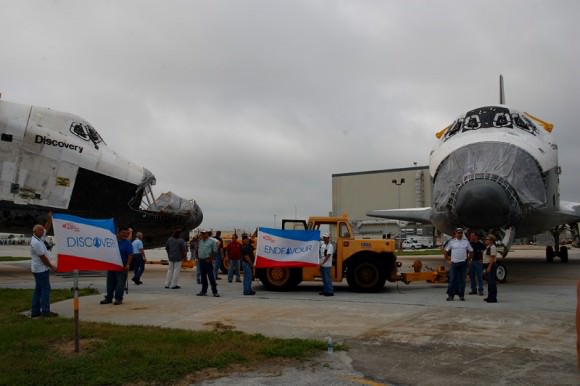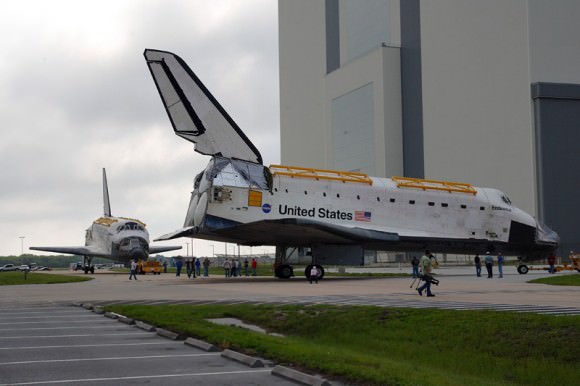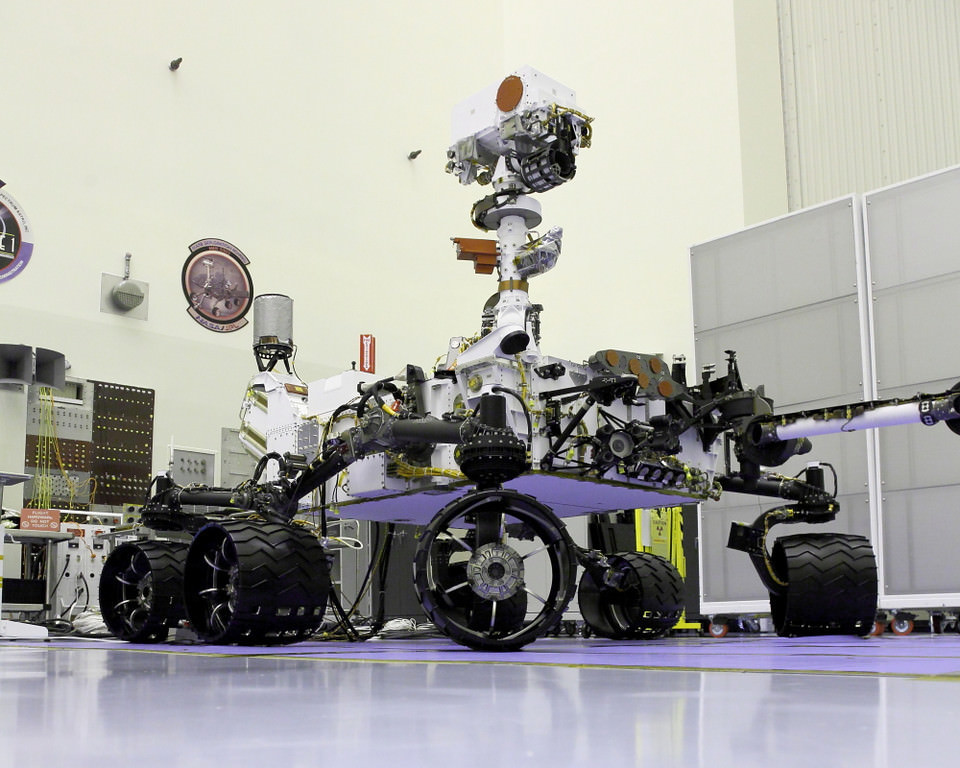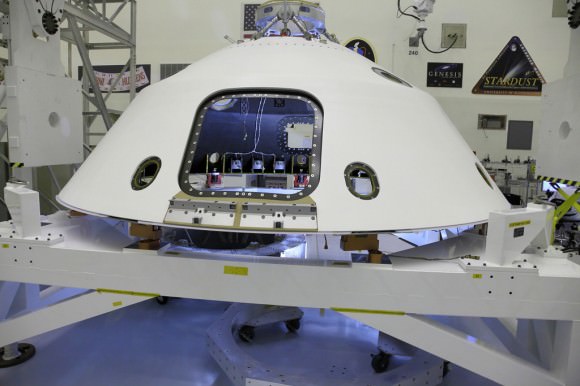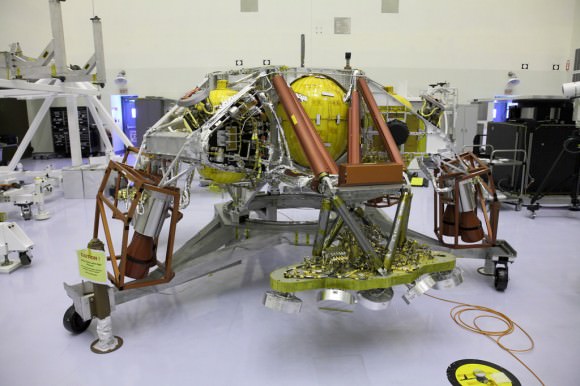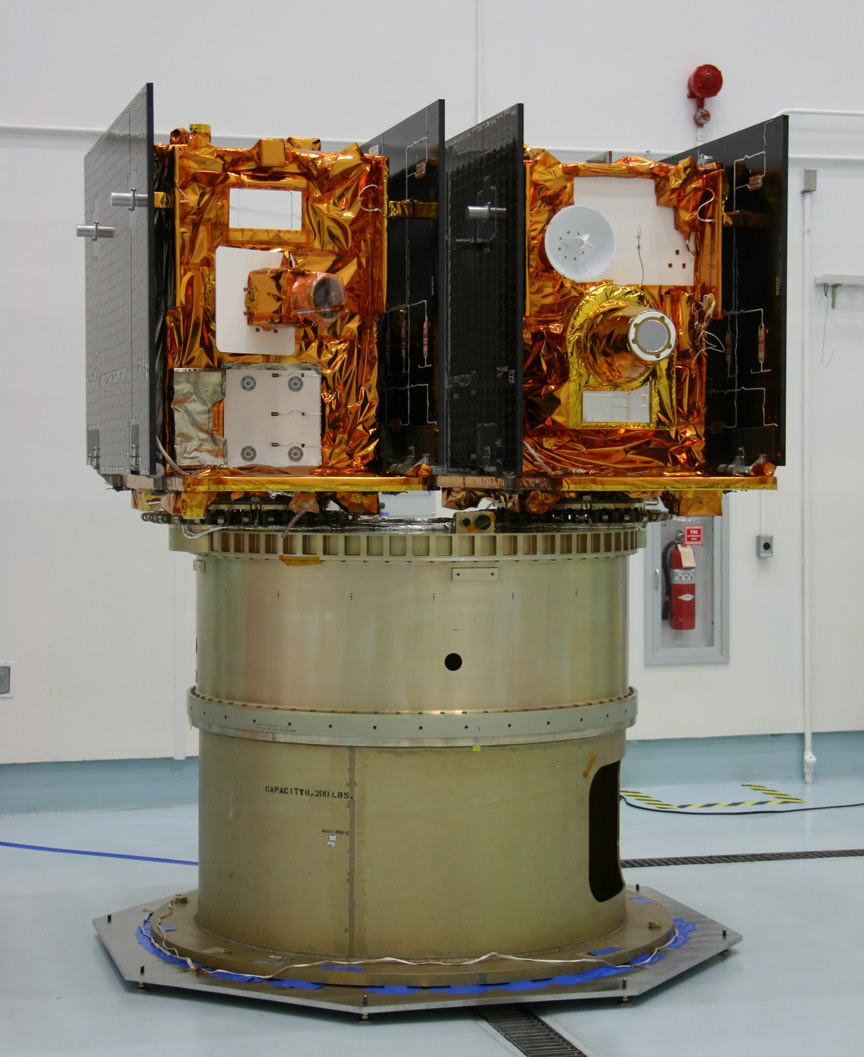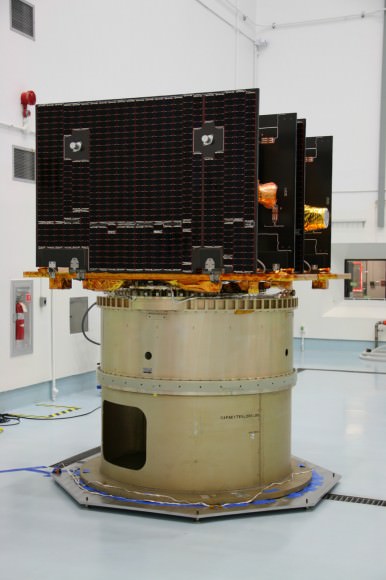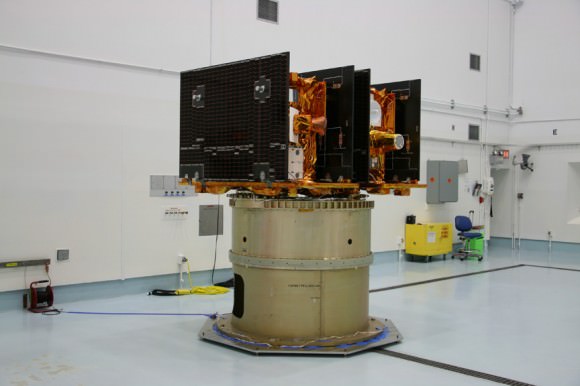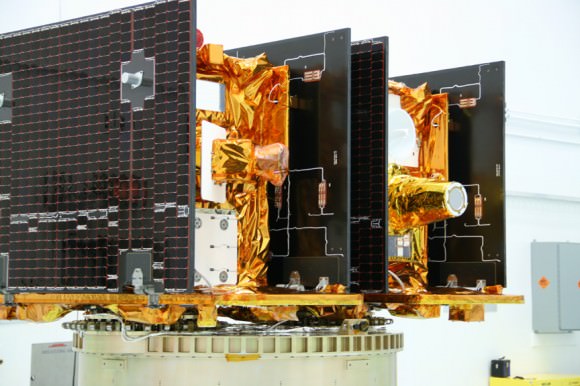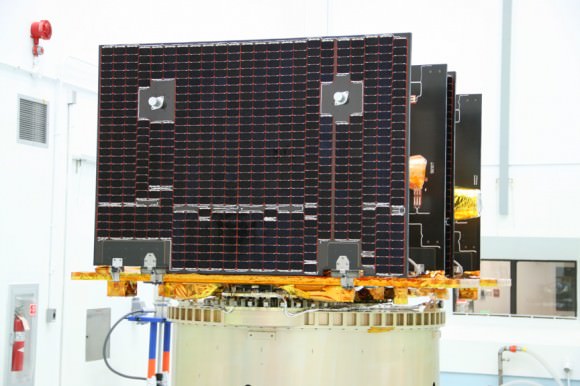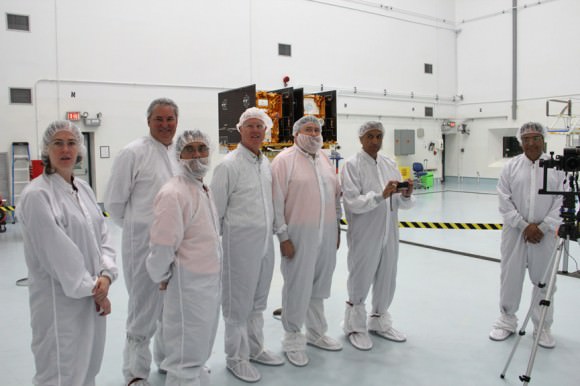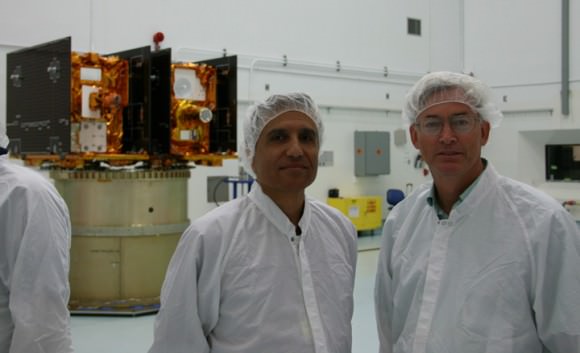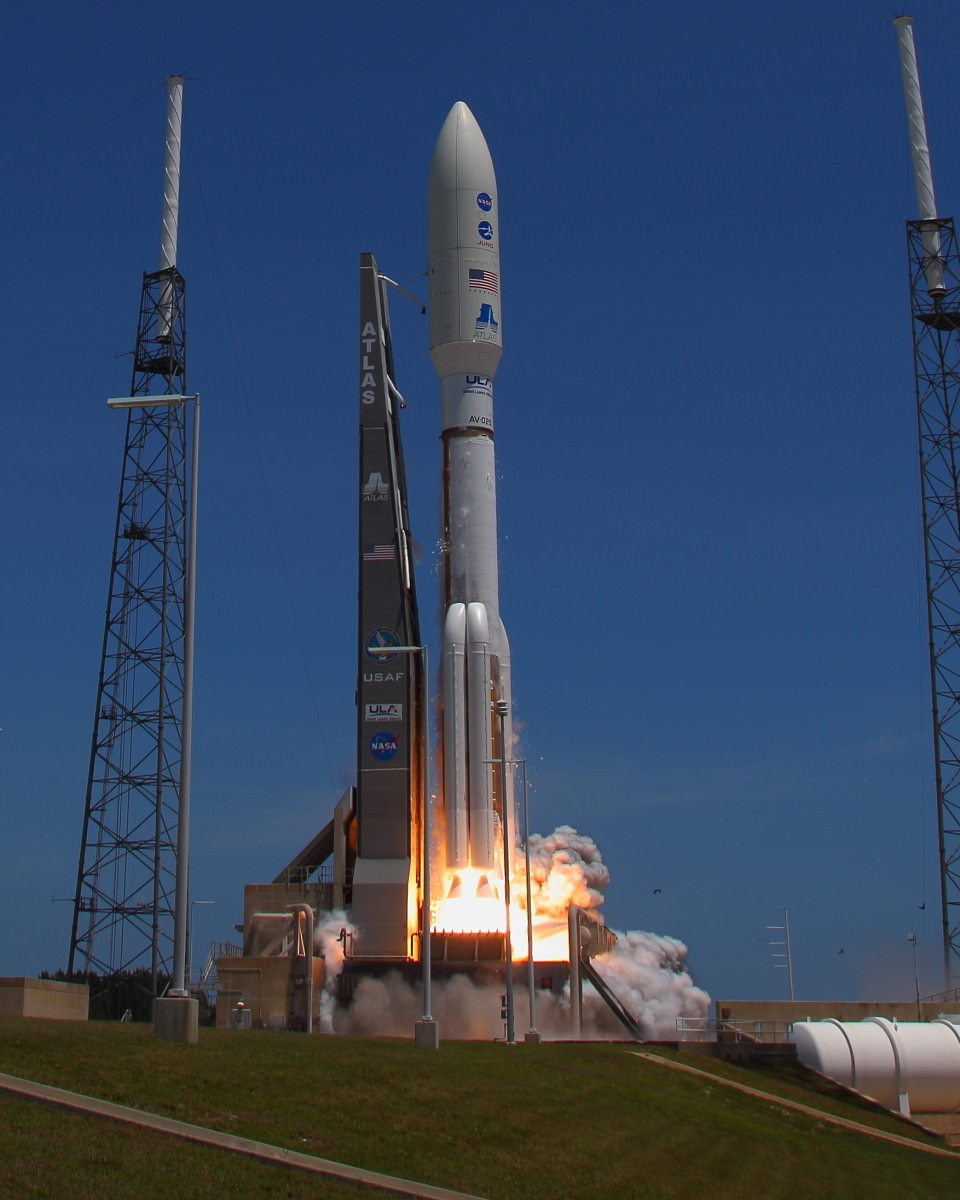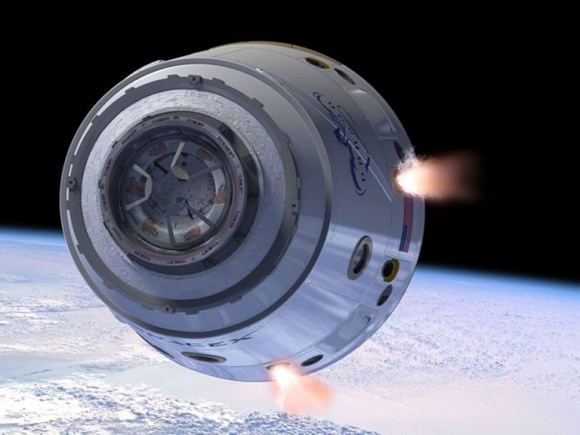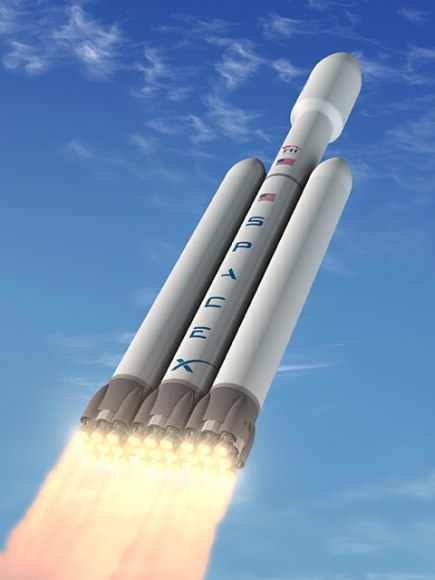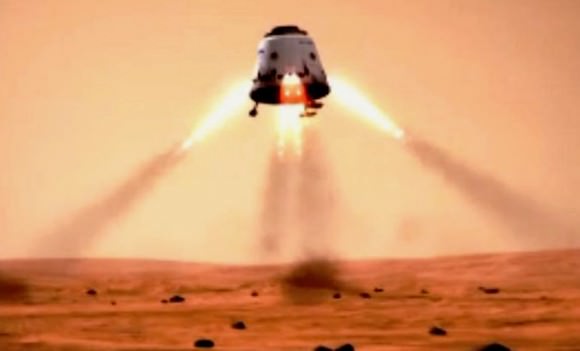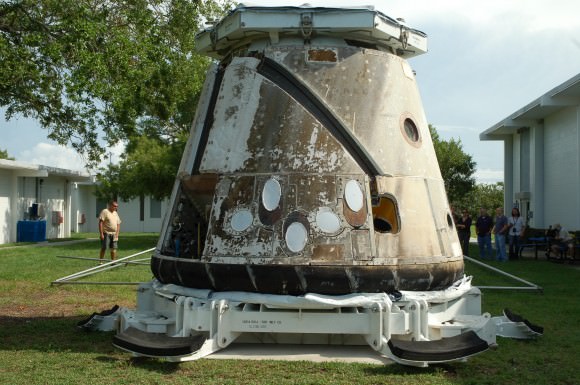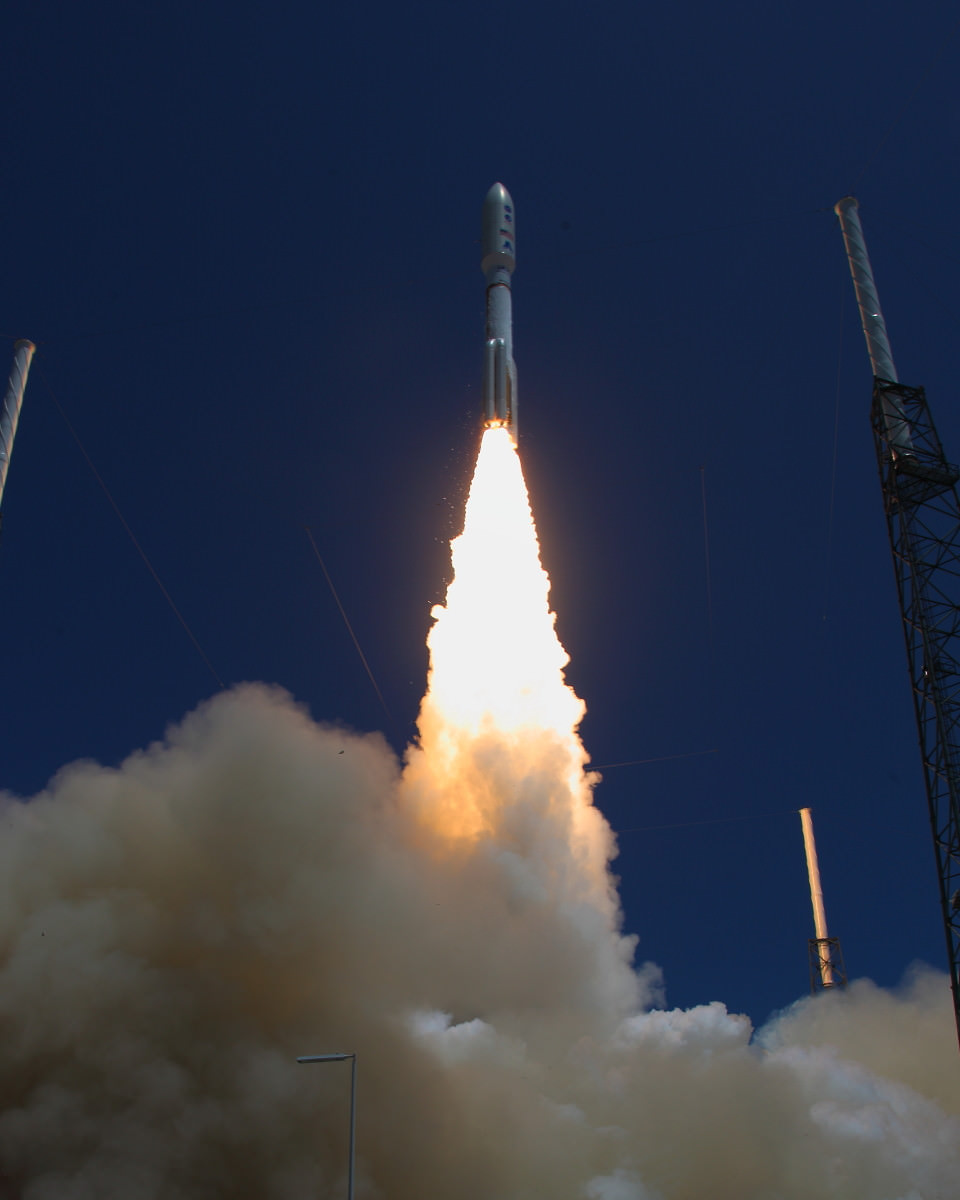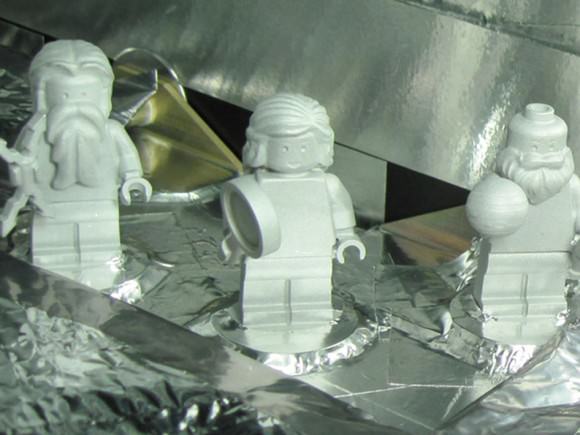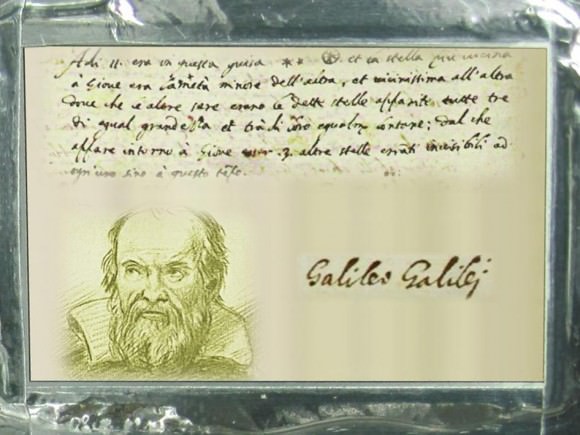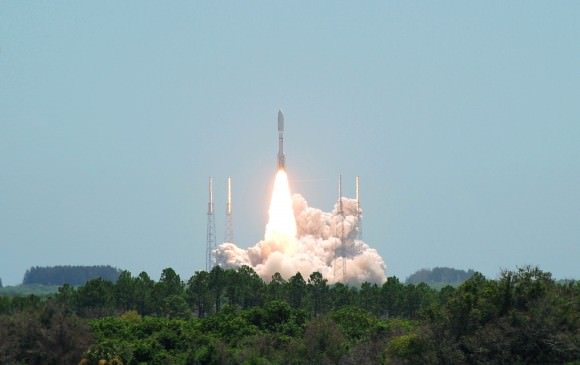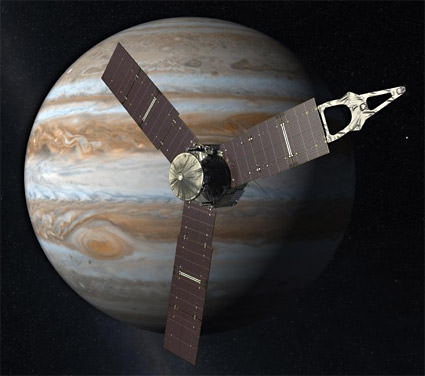[/caption]
China’s space program is in the news again, this time with unconfirmed reports that the Tiangong 1 space lab may be launching into orbit sometime this year – possibly later this month. Previous news reports cited potential launch dates in 2010 or 2011, so this launch isn’t too far behind schedule.
What plans does China have for their first orbital space station prototype?
The space lab, named “Tiangong” translates from Mandarin Chinese into English as “Heavenly Palace”. Weighing just under 9 tons, the prototype module will orbit for two years. China will use the module to practice docking maneuvers and test orbital technologies during the module’s lifetime.
China plans to follow the Tiangong 1 orbital lab with two more lab launches over the next few years to continue testing systems and technologies before starting construction on their own space station in the 2020’s. Based on China’s current plans, the Tiangong orbital labs will not be used in the Chinese space station.
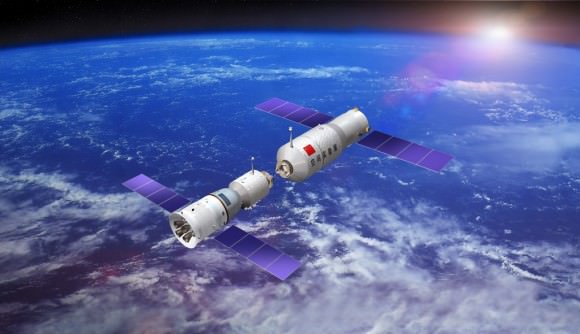
Many space analysts believe China’s lack of a perceived “space race” is a potential reason for the country’s slow, methodical space program build-up. So far, China has only launched three manned space flights: Shenzhou 5 and Shenzhou 6 ( 2003 and 2005, respectively). China’s first mission to include a spacewalk was Shenzhou 7 (2008).
While China is making great strides with their manned space program, there are no current plans to include China in the ongoing International Space Station project. Despite several political and technological issues preventing China’s participation in the ISS, recent comments from officials at the China National Space Administration have indicated a willingness to allow other countries to visit the country’s space station once it is operational.
If you’d like to learn more, Universe Today has previous coverage (Jan. 2010) on the Tiangong mission at: http://www.universetoday.com/51506/china-to-launch-space-station-in-2010-or-2011.
You can also visit the China National Space Administration’s website at: http://www.cnsa.gov.cn/n615709/cindex.html

